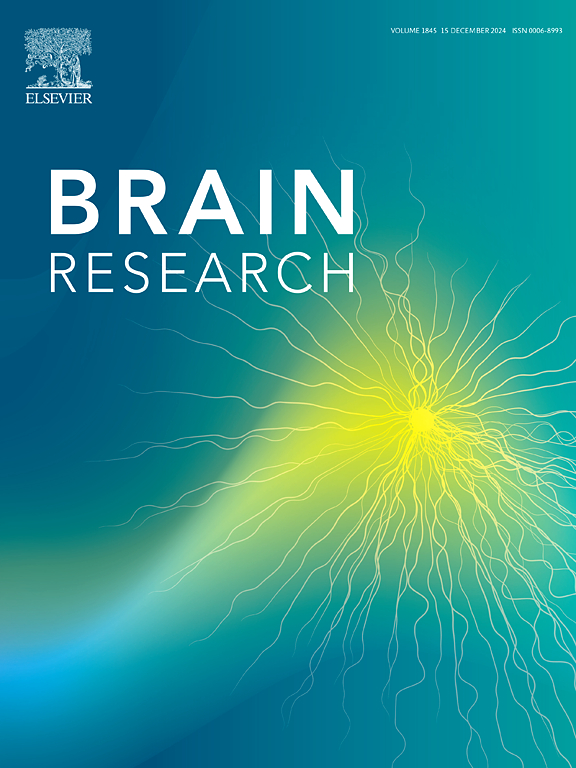增强海马体分割和阿尔茨海默病分类的协同多任务框架
IF 2.7
4区 医学
Q3 NEUROSCIENCES
引用次数: 0
摘要
阿尔茨海默病的早期诊断面临着巨大的挑战,因为最初的患者有难以与常规症状区分的隐藏症状。鉴于此,本文设计了一种协同多任务算法框架,实现了分类任务之间的正反馈循环,显著提高了处理精度。具体来说,该算法由三个子网络组成:初始分割子网络准确识别海马边界并生成初始分割掩码;该分类子网络依靠初始分割信息有效区分阿尔茨海默病的不同阶段;最后,精细分割子网络根据分类结果对海马的轮廓进行精细调整。为了验证该方法的优越性,本研究使用了269例阿尔茨海默病患者的MRI样本,包括临床和公共数据集。实验结果表明,该方法在海马分类和分割任务中均表现出优异的性能。具体而言,在分割方面,该方法的平均Dice Similarity Coefficient (DSC)为94.0%,Jaccard Index (JA)为80.6%。对于分类任务,该方法准确率(AC)为98.8%,灵敏度(SEN)为98.8%,特异性(SP)为98.6%,F1评分(F1)为97.8%,临床表现优异。本文章由计算机程序翻译,如有差异,请以英文原文为准。

Collaborative multitasking framework for enhanced hippocampus segmentation and Alzheimer’s disease classification
The early diagnosis of Alzheimer’s disease has faced significant challenges, as the initial patients have hidden symptoms that are difficult to distinguish from conventional symptoms. In view of this, this article designs a collaborative multitasking algorithm framework that implements a positive feedback loop between classification tasks, significantly improving processing accuracy. Specifically, the algorithm consists of three sub networks: the initial segmentation sub network accurately identifies the hippocampus boundary and generates the initial segmentation mask; The classification subnetwork relies on initial segmentation information to effectively distinguish different stages of Alzheimer’s disease; Finally, the fine segmentation sub network finely adjusts the contour of the hippocampus based on the classification results. To verify the superiority of this method, this study used 269 MRI sample of Alzheimer’s disease patients, including clinical and public datasets. The experimental results demonstrate that the proposed method exhibits superior performance in both hippocampal classification and segmentation tasks. Specifically, in terms of segmentation, the method achieved an average Dice Similarity Coefficient (DSC) of 94.0% and a Jaccard Index (JA) of 80.6%. For classification tasks, the method demonstrated an accuracy (AC) of 98.8%, sensitivity (SEN) of 98.8%, specificity (SP) of 98.6%, and F1 score (F1) of 97.8%, collectively indicating excellent clinical performance.
求助全文
通过发布文献求助,成功后即可免费获取论文全文。
去求助
来源期刊

Brain Research
医学-神经科学
CiteScore
5.90
自引率
3.40%
发文量
268
审稿时长
47 days
期刊介绍:
An international multidisciplinary journal devoted to fundamental research in the brain sciences.
Brain Research publishes papers reporting interdisciplinary investigations of nervous system structure and function that are of general interest to the international community of neuroscientists. As is evident from the journals name, its scope is broad, ranging from cellular and molecular studies through systems neuroscience, cognition and disease. Invited reviews are also published; suggestions for and inquiries about potential reviews are welcomed.
With the appearance of the final issue of the 2011 subscription, Vol. 67/1-2 (24 June 2011), Brain Research Reviews has ceased publication as a distinct journal separate from Brain Research. Review articles accepted for Brain Research are now published in that journal.
 求助内容:
求助内容: 应助结果提醒方式:
应助结果提醒方式:


